Home>Gardening & Outdoor>Landscaping Ideas>What Is Grass Mulching
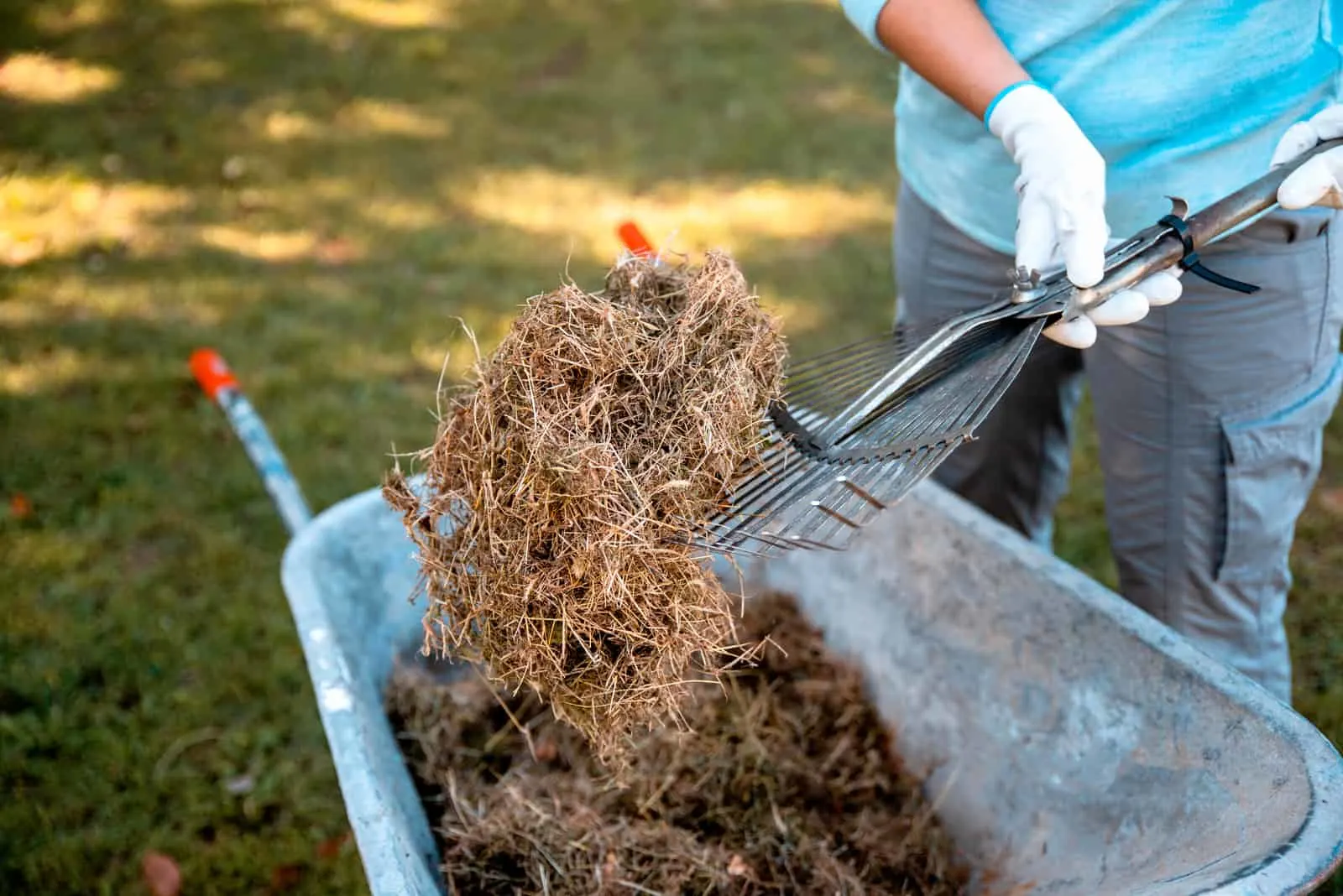

Landscaping Ideas
What Is Grass Mulching
Modified: March 29, 2024
Discover the benefits of grass mulching for your landscaping needs. Learn how to improve your outdoor space with effective landscaping ideas.
(Many of the links in this article redirect to a specific reviewed product. Your purchase of these products through affiliate links helps to generate commission for Storables.com, at no extra cost. Learn more)
Introduction
Landscaping is a rewarding and fulfilling endeavor that allows individuals to transform outdoor spaces into stunning and functional areas. One fundamental aspect of maintaining a healthy and vibrant landscape is grass mulching. Whether you are a seasoned gardener or a novice enthusiast, understanding the concept and benefits of grass mulching can significantly elevate your landscaping game.
Grass mulching is a technique that involves spreading a layer of organic or inorganic material over the soil to enhance its health and vitality. This practice offers a myriad of benefits, including moisture retention, weed suppression, temperature regulation, and soil enrichment. By harnessing the power of grass mulching, you can foster a thriving and visually appealing landscape while minimizing the need for constant maintenance.
In this comprehensive guide, we will delve into the definition of grass mulching, explore its numerous benefits, discuss the various materials used for grass mulching, and provide insights into its maintenance. Whether you are looking to revitalize your garden, create a lush lawn, or elevate the aesthetics of your outdoor space, grasping the art of grass mulching is a valuable asset in your landscaping arsenal. So, let's embark on this enlightening journey to uncover the wonders of grass mulching and unleash the full potential of your landscape.
Key Takeaways:
- Grass mulching is a natural and eco-friendly way to enhance your garden. It retains moisture, suppresses weeds, enriches the soil, and regulates temperature, promoting a healthy and visually appealing landscape.
- To effectively grass mulch, clear the area, choose the right material, apply it evenly, water lightly, and maintain the thickness. This sustainable practice fosters a resilient and beautiful outdoor environment with minimal maintenance.
Definition of Grass Mulching
Grass mulching, also known as grasscycling, is a fundamental landscaping practice that involves the application of a protective layer of organic or inorganic material over the soil surface. This technique serves as a multifaceted solution to enhance the health and vitality of the underlying soil, while simultaneously promoting the growth and sustainability of grass and other vegetation.
By implementing grass mulching, gardeners and landscapers aim to create a conducive environment for plant growth by regulating soil temperature, conserving moisture, suppressing weed proliferation, and enriching the soil with essential nutrients. This process involves the deposition of mulch materials, such as grass clippings, leaves, straw, wood chips, or synthetic fabrics, onto the soil surface surrounding plants and grassy areas.
The decomposition of organic mulch materials contributes to the enrichment of the soil, as it gradually breaks down and releases vital nutrients, thereby fostering a fertile and resilient growing medium for plants. Additionally, the protective layer formed by grass mulch shields the soil from erosion caused by wind and water, while also mitigating the impact of extreme weather conditions.
Grass mulching is a sustainable and eco-friendly practice that aligns with the principles of environmental conservation. By harnessing the natural properties of mulch materials, landscapers can minimize the need for chemical fertilizers and herbicides, thus promoting a holistic and organic approach to landscaping maintenance.
In essence, grass mulching epitomizes the harmonious integration of nature’s resources to nurture and sustain a vibrant and flourishing landscape. It is a testament to the ingenuity of landscaping practices that prioritize the long-term health and resilience of the ecosystem, while simultaneously bestowing a visually captivating and bountiful outdoor space for all to enjoy.
Benefits of Grass Mulching
Embracing the practice of grass mulching yields an array of compelling benefits that contribute to the overall health, appearance, and sustainability of your landscape. Let’s explore the numerous advantages that grass mulching offers:
- Moisture Retention: Grass mulch acts as a protective barrier, reducing water evaporation from the soil and ensuring optimal moisture levels for plant roots. This is especially beneficial during dry spells, as it helps maintain a consistent hydration environment for plants.
- Weed Suppression: The application of grass mulch inhibits weed growth by smothering weed seeds and limiting their access to sunlight. This natural weed control method minimizes the need for chemical herbicides, promoting a healthier and more sustainable landscape.
- Soil Enrichment: Organic mulch materials decompose over time, enriching the soil with essential nutrients and fostering a fertile environment for plant growth. This natural fertilization process enhances the overall health and resilience of the soil, supporting robust plant development.
- Temperature Regulation: Grass mulch serves as a natural insulator, moderating soil temperature fluctuations and protecting plant roots from extreme heat or cold. This thermal stability promotes optimal growing conditions for plants, particularly during fluctuating weather patterns.
- Erosion Prevention: The layer of grass mulch shields the soil from erosion caused by wind and water, preserving the integrity of the landscape and minimizing soil loss. This is particularly crucial in sloped areas where erosion is more prevalent.
- Organic Pest Control: Certain mulch materials, such as cedar chips or pine needles, possess natural pest-repelling properties, serving as a deterrent for insects and other garden pests. This contributes to a healthier and more balanced ecosystem within the landscape.
By harnessing these benefits, grass mulching emerges as a sustainable and holistic approach to landscaping maintenance, fostering a resilient and visually captivating outdoor environment while minimizing the reliance on artificial inputs and interventions.
How to Grass Mulch
Implementing grass mulching involves a systematic approach to ensure its effectiveness in enhancing the health and vitality of your landscape. Here’s a step-by-step guide to grass mulching:
- Prepare the Area: Begin by clearing the designated area of any debris, weeds, and existing grass clippings. This provides a clean canvas for the application of the mulch material.
- Select the Mulch Material: Choose an appropriate mulch material based on your landscaping needs and aesthetic preferences. Options include grass clippings, shredded leaves, wood chips, straw, or synthetic mulch fabrics.
- Apply the Mulch: Spread a layer of the chosen mulch material evenly over the soil, ensuring a thickness of 2-4 inches. Be mindful to leave a small gap around the base of plants to prevent moisture-related issues and allow for air circulation.
- Water the Mulch: After applying the mulch, lightly water the area to settle the material and initiate the decomposition process for organic mulch types. This helps integrate the mulch with the soil and promotes its beneficial effects.
- Maintain the Mulch: Regularly monitor the mulched area to ensure the layer remains intact and at the optimal thickness. Periodically replenish the mulch as it decomposes to sustain its protective and enriching properties.
By following these steps, you can effectively implement grass mulching to fortify the health of your landscape, promote plant growth, and elevate the visual appeal of your outdoor space. This simple yet impactful practice aligns with sustainable landscaping principles, offering a host of benefits for both the environment and the overall well-being of your plants.
Grass mulching is the practice of leaving grass clippings on the lawn after mowing. This can help return nutrients to the soil, reduce the need for fertilizer, and improve the overall health of the lawn.
Types of Grass Mulching Materials
Grass mulching encompasses a diverse array of materials, each offering unique attributes and benefits to cater to various landscaping needs and preferences. Let’s explore the different types of grass mulching materials:
- Grass Clippings: Freshly mowed grass clippings serve as an excellent organic mulch, providing a readily available and nutrient-rich option for grass mulching. When applied in thin layers, grass clippings break down quickly, enriching the soil with nitrogen and promoting healthy plant growth.
- Shredded Leaves: Fallen leaves can be shredded and utilized as mulch, offering a natural and abundant source of organic material. Shredded leaves provide insulation, promote soil aeration, and contribute to soil fertility as they decompose, making them an eco-friendly mulching option.
- Wood Chips: Wood chips are a popular choice for mulching, offering durability and aesthetic appeal. They provide effective weed suppression, moisture retention, and contribute to soil enrichment as they decompose. Wood chips are available in various sizes and wood types, allowing for customization based on landscaping needs.
- Straw: Straw mulch is widely used for its ability to retain moisture, suppress weeds, and protect soil from erosion. It is particularly beneficial for vegetable gardens and newly seeded areas, providing a protective covering that promotes optimal growing conditions for plants.
- Synthetic Mulch Fabrics: Synthetic mulch fabrics offer a long-lasting and low-maintenance alternative to organic mulch materials. These fabrics provide excellent weed control, moisture retention, and temperature regulation, while also allowing for water and air permeability to support soil health.
Each type of grass mulching material presents distinct advantages, allowing landscapers to tailor their mulching approach to suit specific landscaping goals, environmental considerations, and aesthetic preferences. By understanding the characteristics of these materials, you can make informed decisions to optimize the health and beauty of your landscape through effective grass mulching.
Read more: What Does Mulch Do For Grass
Maintenance of Grass Mulch
Ensuring the longevity and effectiveness of grass mulch involves proactive maintenance practices that preserve its beneficial properties and uphold the health of the landscape. Here are essential maintenance guidelines for grass mulch:
- Monitor Mulch Thickness: Regularly assess the thickness of the mulch layer to ensure it remains within the optimal range of 2-4 inches. Periodically replenish the mulch as it decomposes to sustain its insulating, moisture-retaining, and weed-suppressing qualities.
- Weed Control: Keep an eye out for any emerging weeds and promptly remove them to prevent their proliferation. Grass mulch serves as a natural weed deterrent, but occasional maintenance is necessary to uphold its weed-suppressing benefits.
- Watering: Ensure that the mulched area receives adequate irrigation, especially during dry periods. While mulch aids in moisture retention, supplemental watering may be necessary to maintain optimal soil hydration for plant growth.
- Avoid Compaction: Refrain from compacting the mulch layer, as this can hinder air and water penetration into the soil. Gently fluff the mulch as needed to maintain its loose and aerated structure.
- Prevent Mulch Volcanoes: When mulching around trees and plants, avoid creating mulch volcanoes, where the mulch is piled against the base of the plant. This practice can lead to moisture-related issues and stem rot. Instead, maintain a slight gap around plant bases to facilitate air circulation.
By adhering to these maintenance practices, you can uphold the integrity and efficacy of grass mulch, ensuring that it continues to provide a nurturing and protective environment for your landscape. With mindful and consistent maintenance, grass mulch becomes a cornerstone of sustainable landscaping, fostering the long-term health and beauty of your outdoor space.
Conclusion
Grass mulching stands as a testament to the harmonious synergy between nature and landscaping, offering a wealth of benefits that elevate the health, sustainability, and visual allure of outdoor spaces. By embracing this practice, individuals can cultivate thriving landscapes while minimizing the reliance on artificial interventions and promoting environmental stewardship.
From moisture retention and weed suppression to soil enrichment and erosion prevention, the advantages of grass mulching are as diverse as they are impactful. This natural approach to landscaping maintenance fosters a resilient and vibrant ecosystem, providing a nurturing habitat for plants while bestowing a visually captivating outdoor environment for all to enjoy.
As you embark on your grass mulching journey, remember that the selection of mulch materials, diligent maintenance, and thoughtful application are key factors in harnessing the full potential of this practice. Whether you opt for organic mulch materials like grass clippings and shredded leaves or prefer the longevity of synthetic mulch fabrics, each choice contributes to the overall health and beauty of your landscape in its unique way.
Ultimately, grass mulching transcends mere landscaping; it embodies a commitment to sustainable and holistic practices that honor the intricate balance of nature. By integrating grass mulching into your landscaping endeavors, you not only nurture the vitality of your outdoor space but also contribute to the preservation of our natural environment.
So, as you tend to your landscape, consider the transformative power of grass mulching – a practice that not only enriches the soil and nourishes plant life but also enriches the soul with the beauty and resilience of nature.
Frequently Asked Questions about What Is Grass Mulching
Was this page helpful?
At Storables.com, we guarantee accurate and reliable information. Our content, validated by Expert Board Contributors, is crafted following stringent Editorial Policies. We're committed to providing you with well-researched, expert-backed insights for all your informational needs.
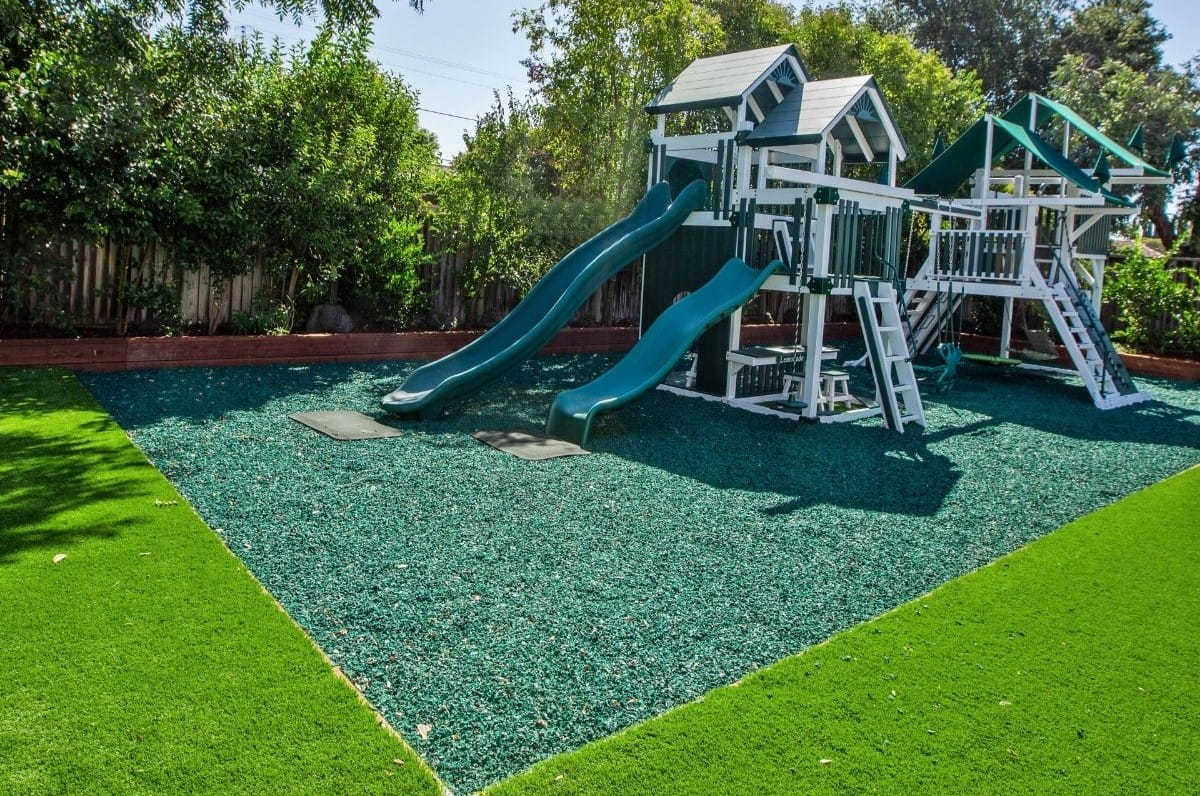
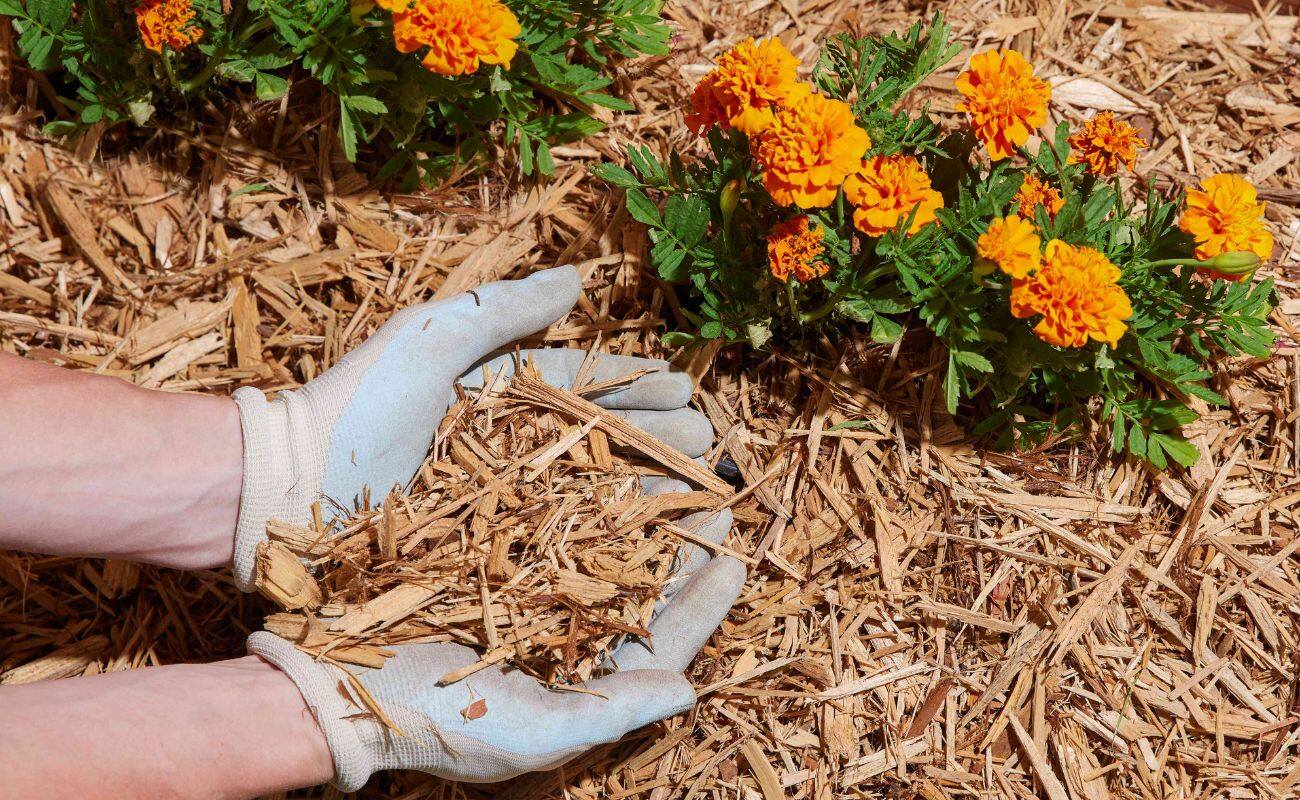
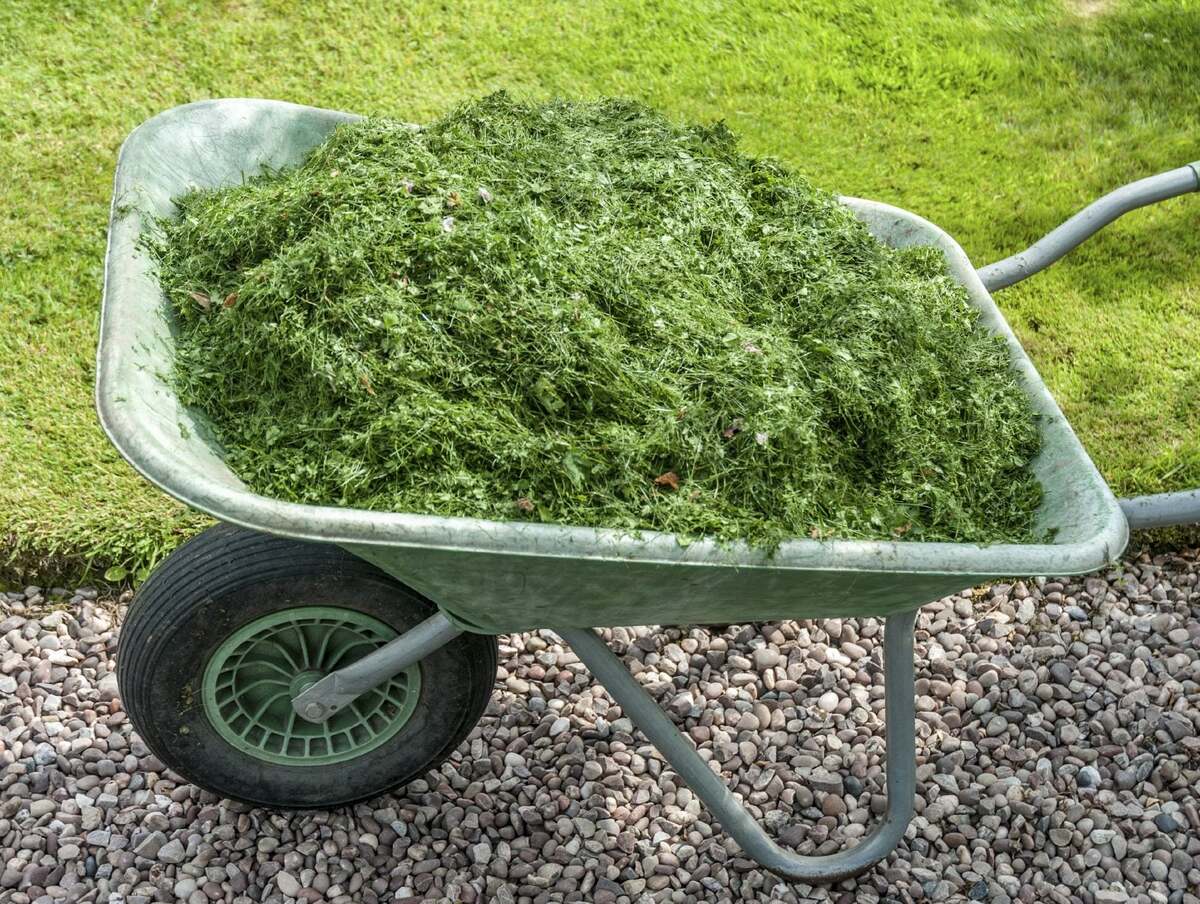
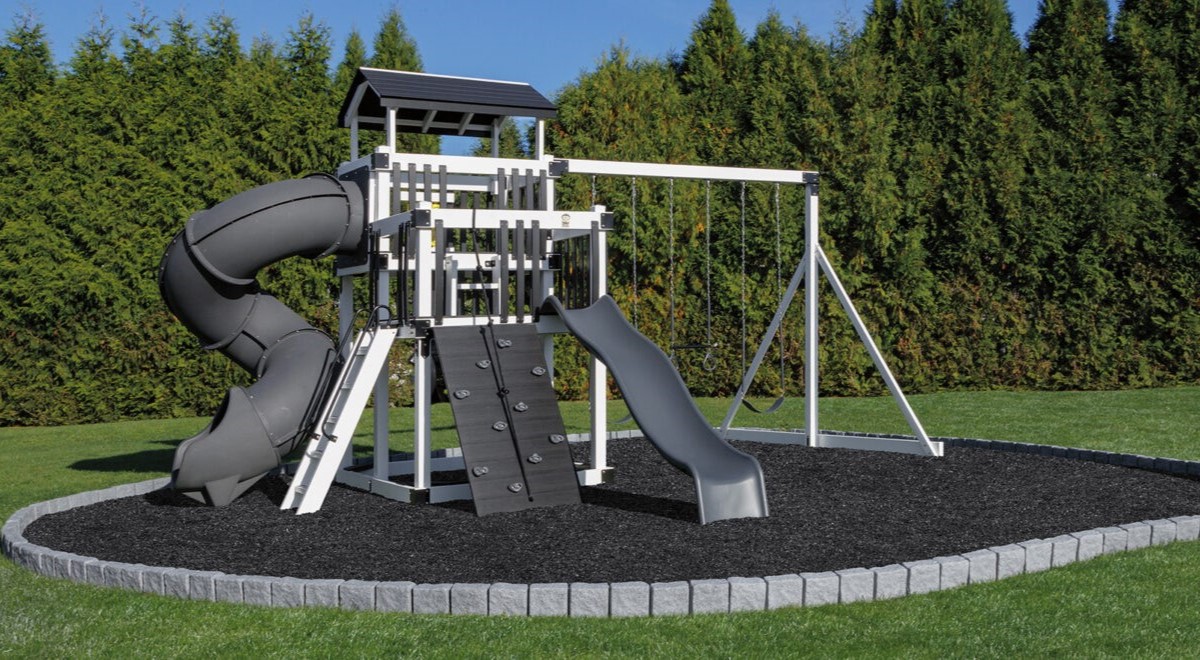
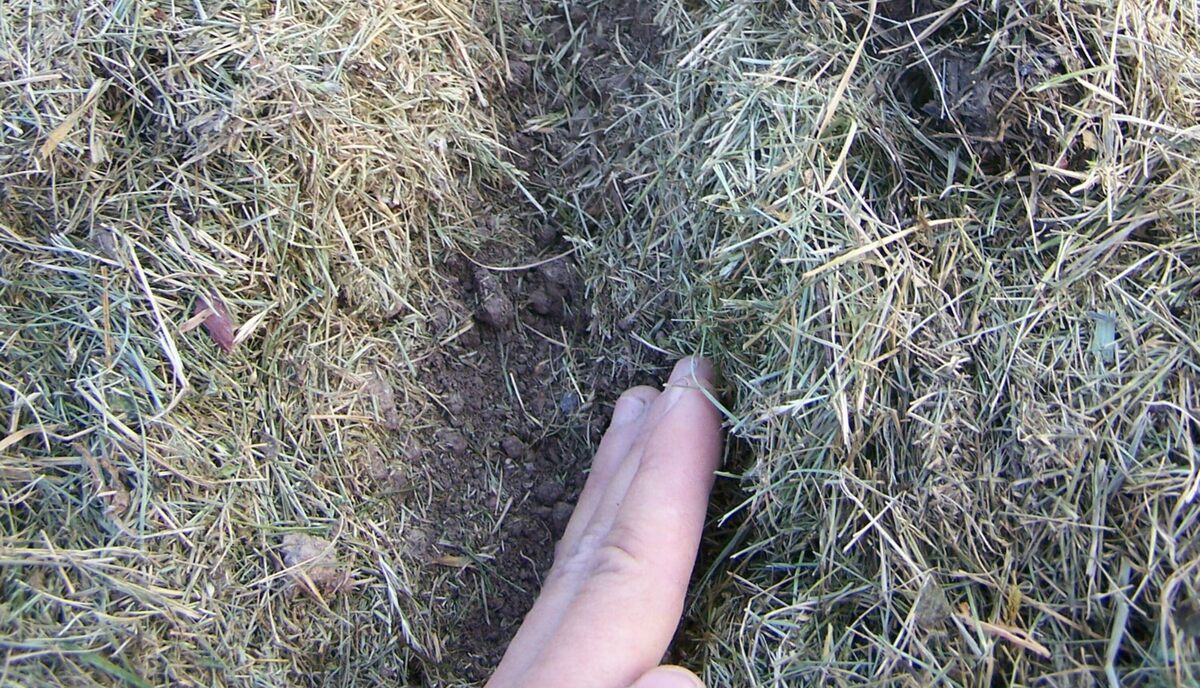
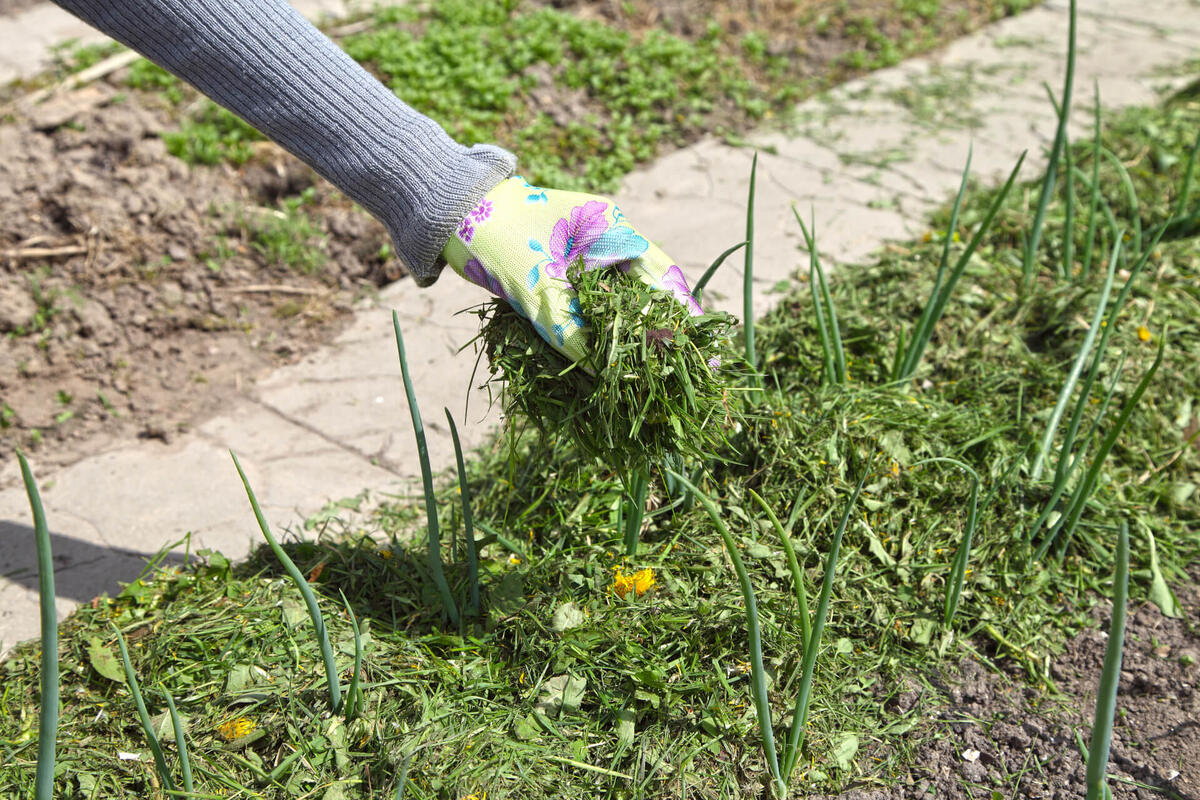
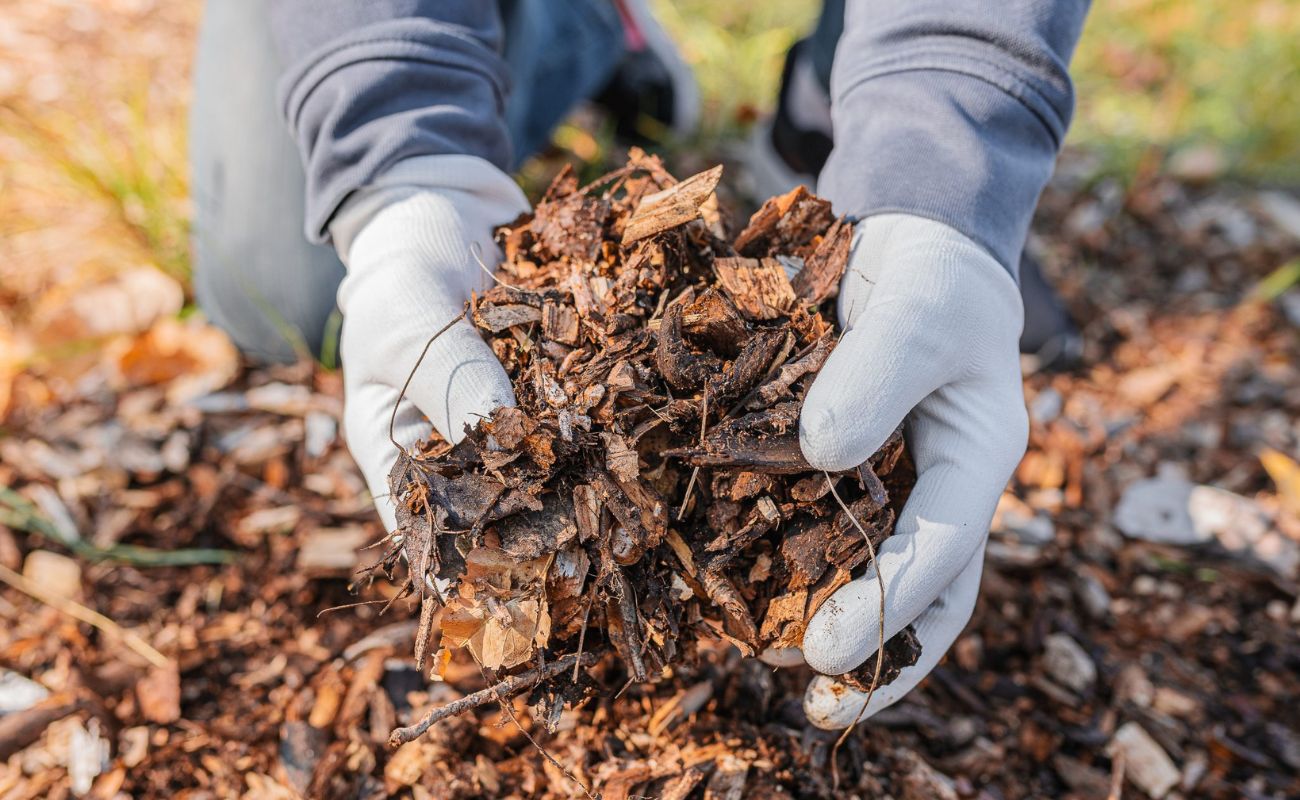
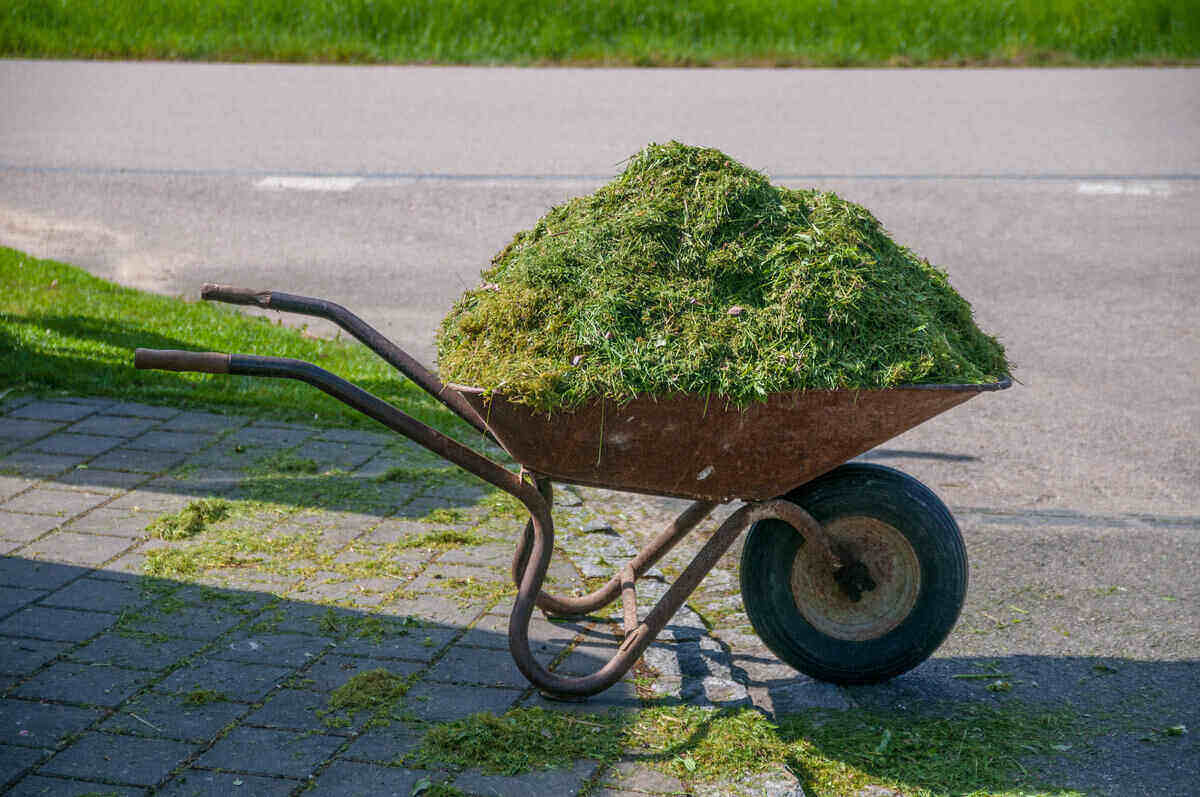
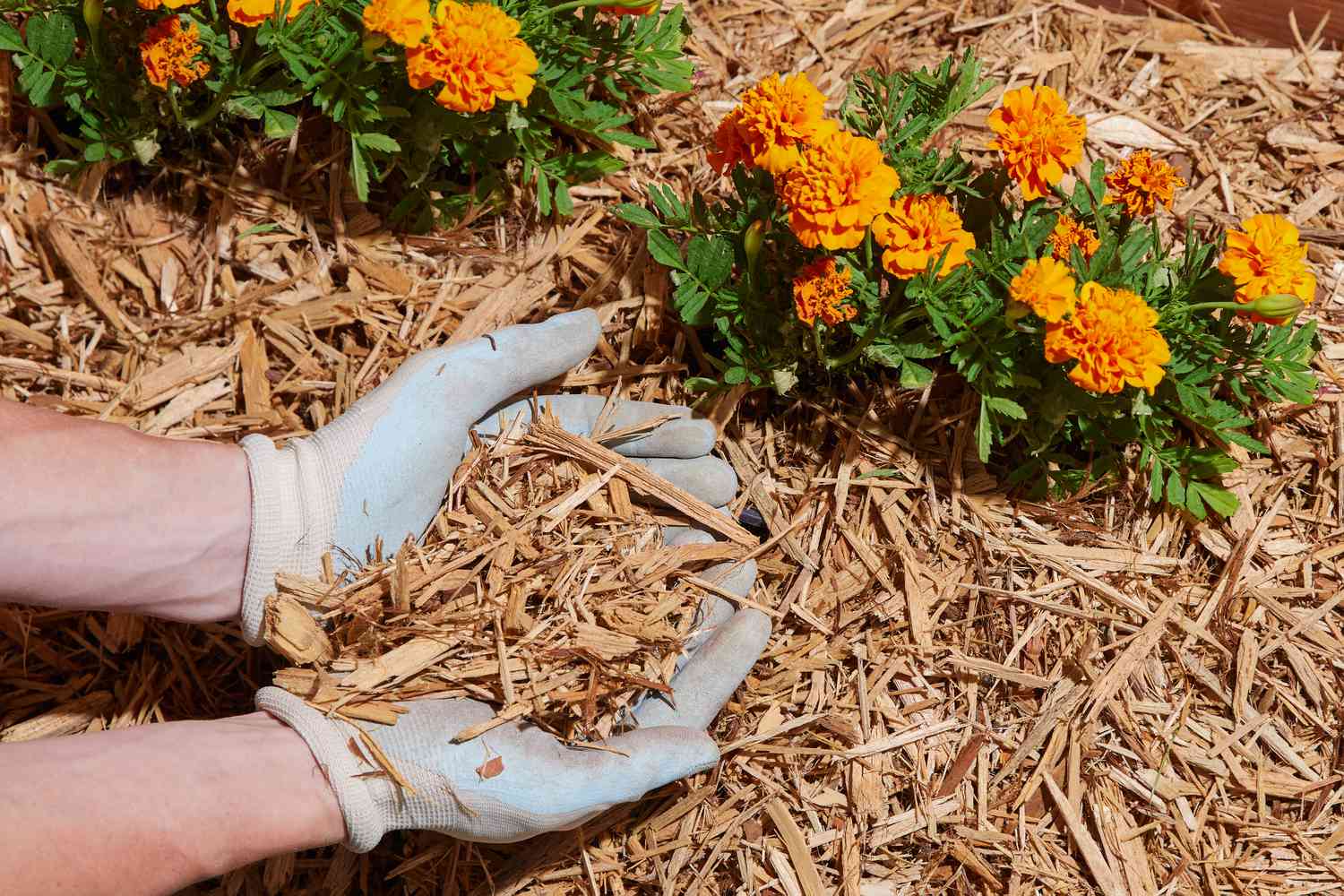
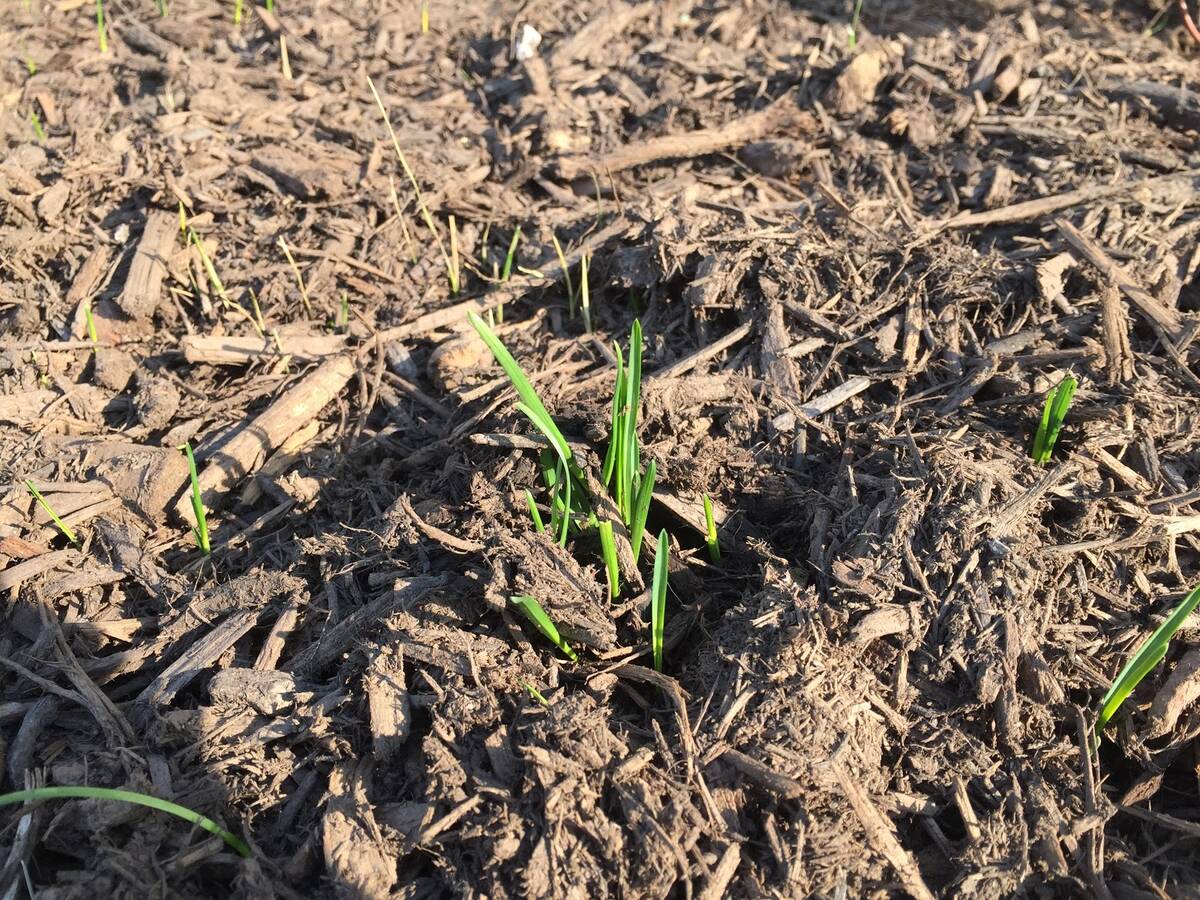
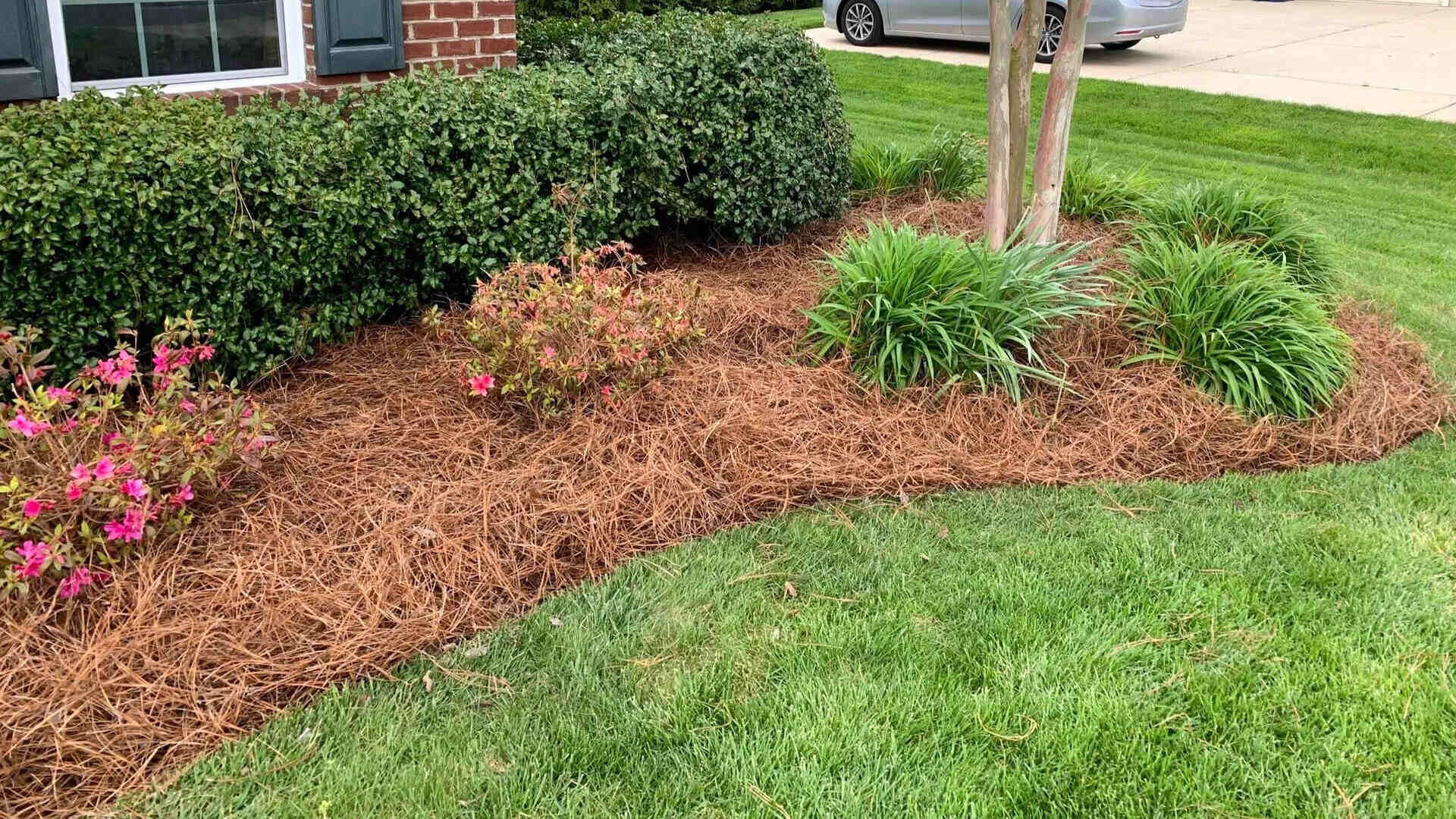
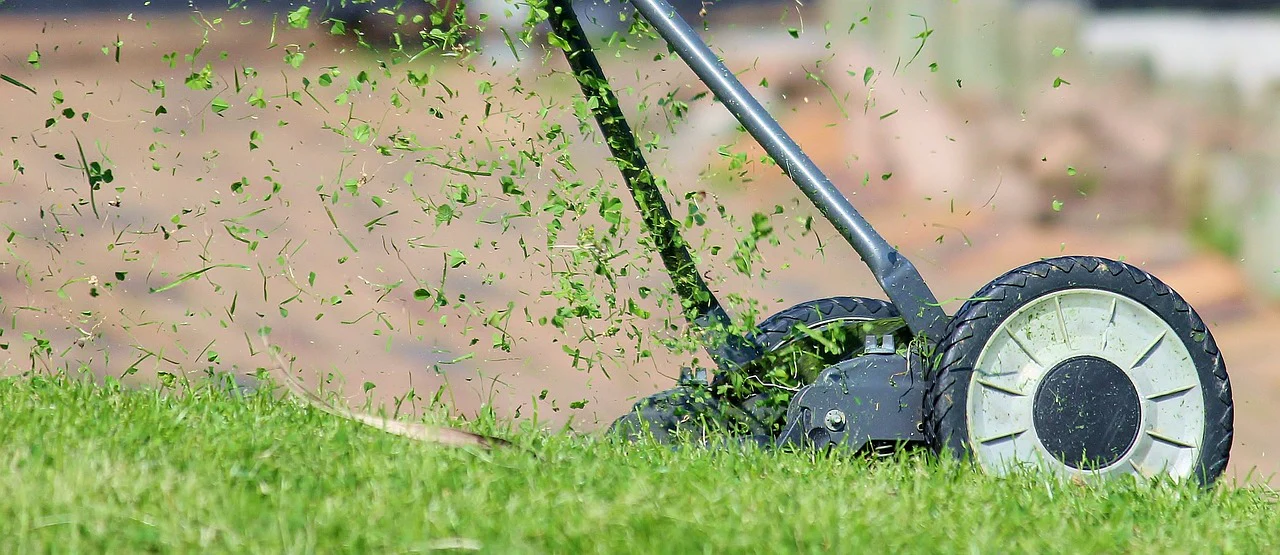
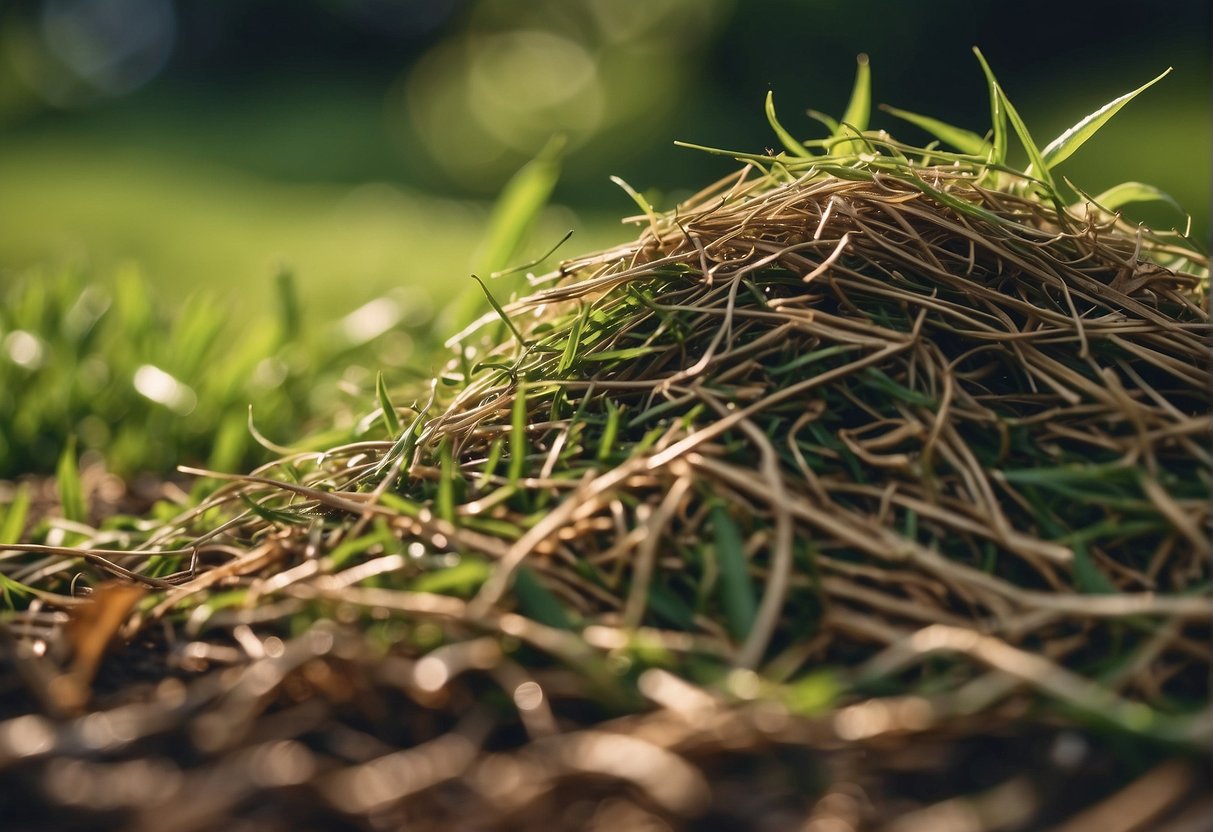
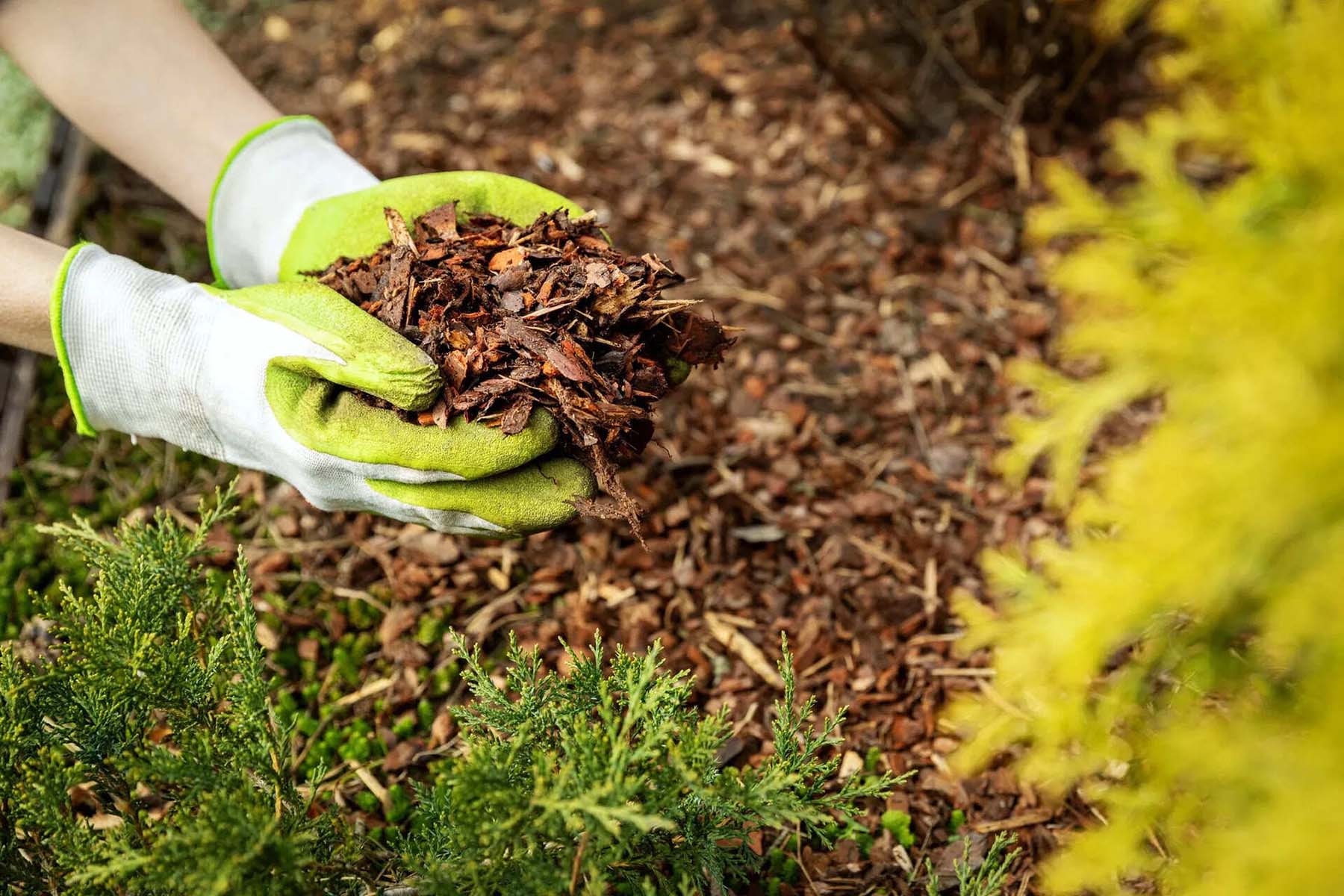

0 thoughts on “What Is Grass Mulching”